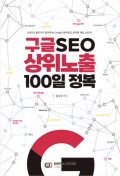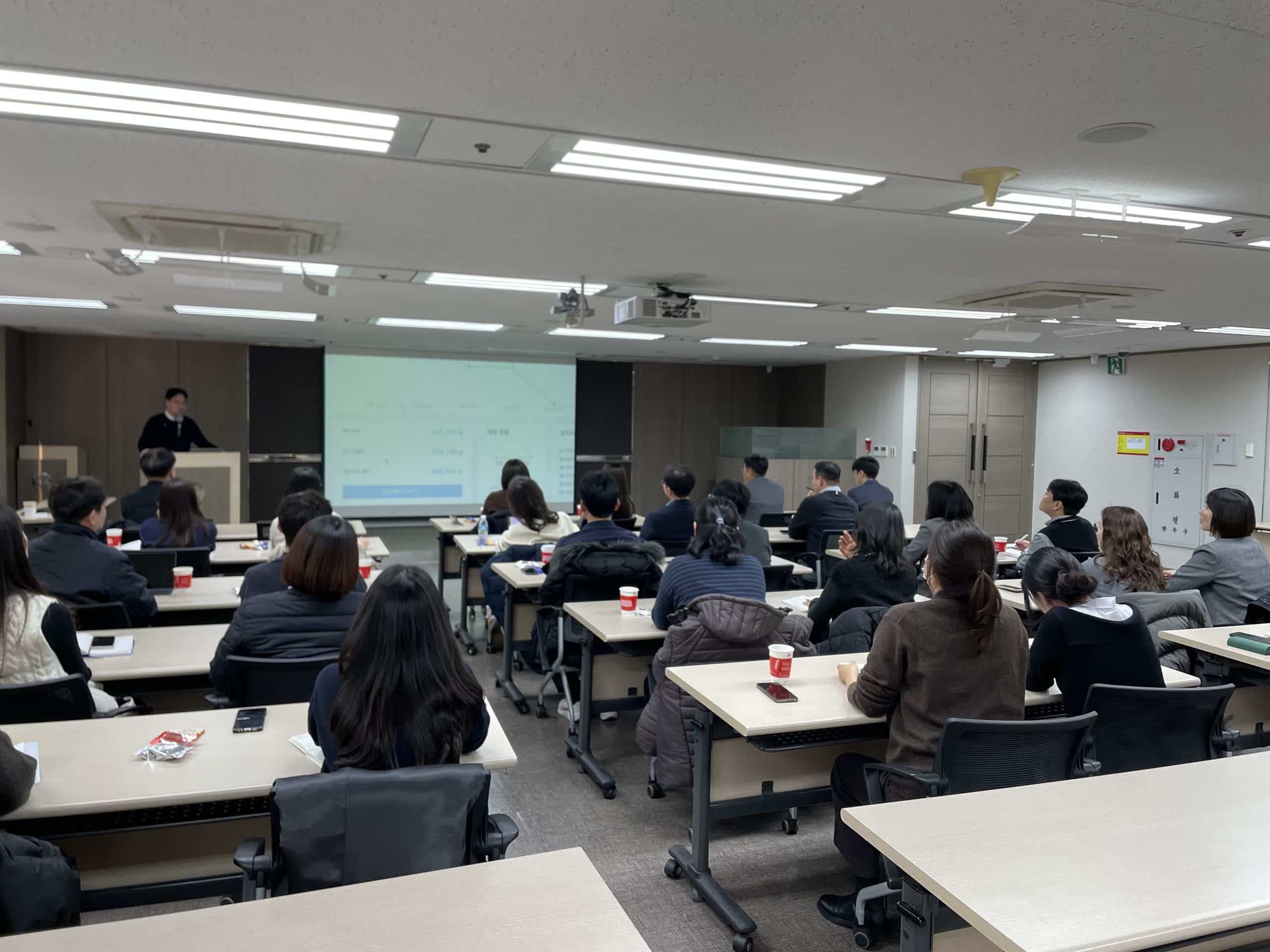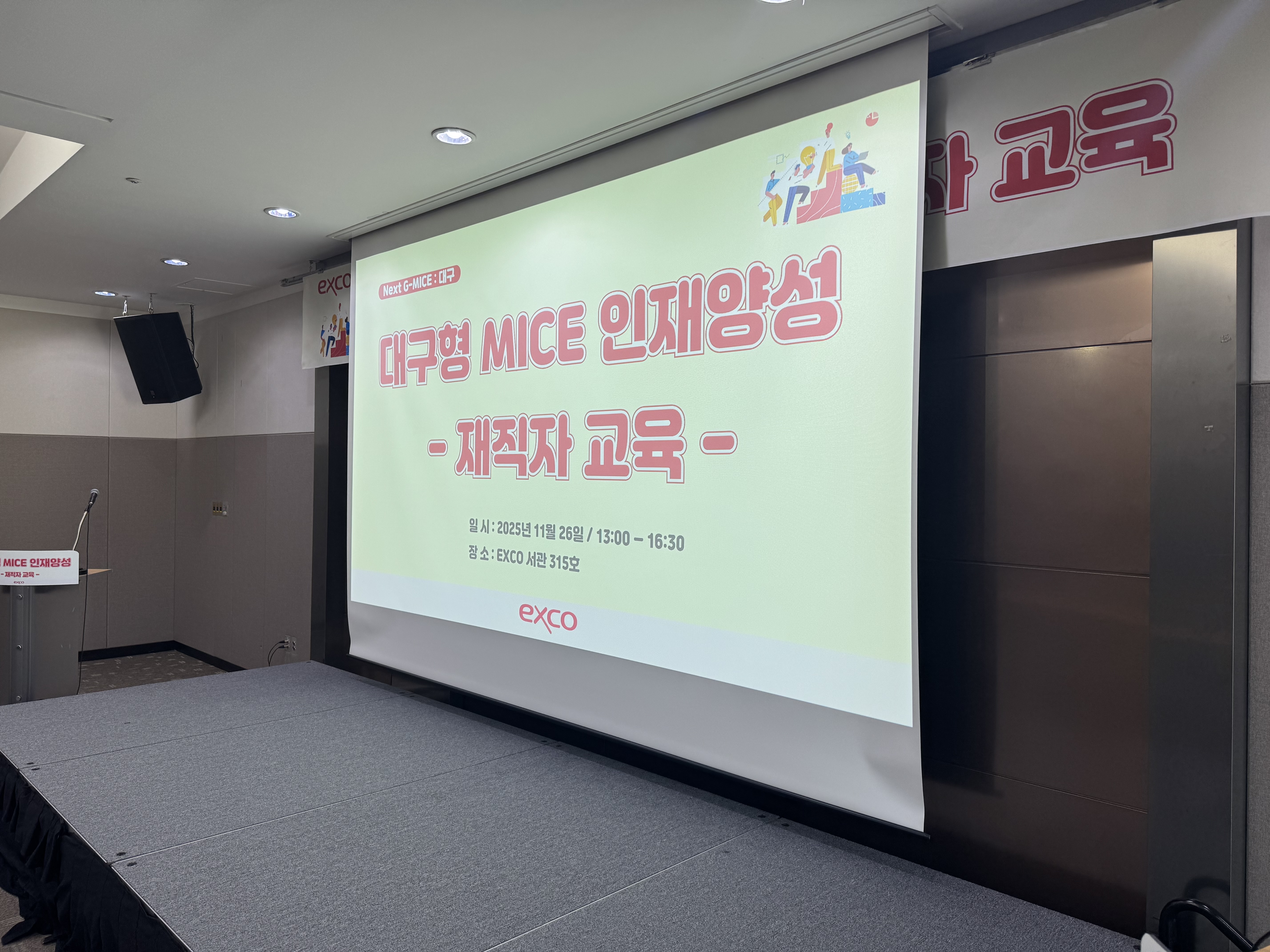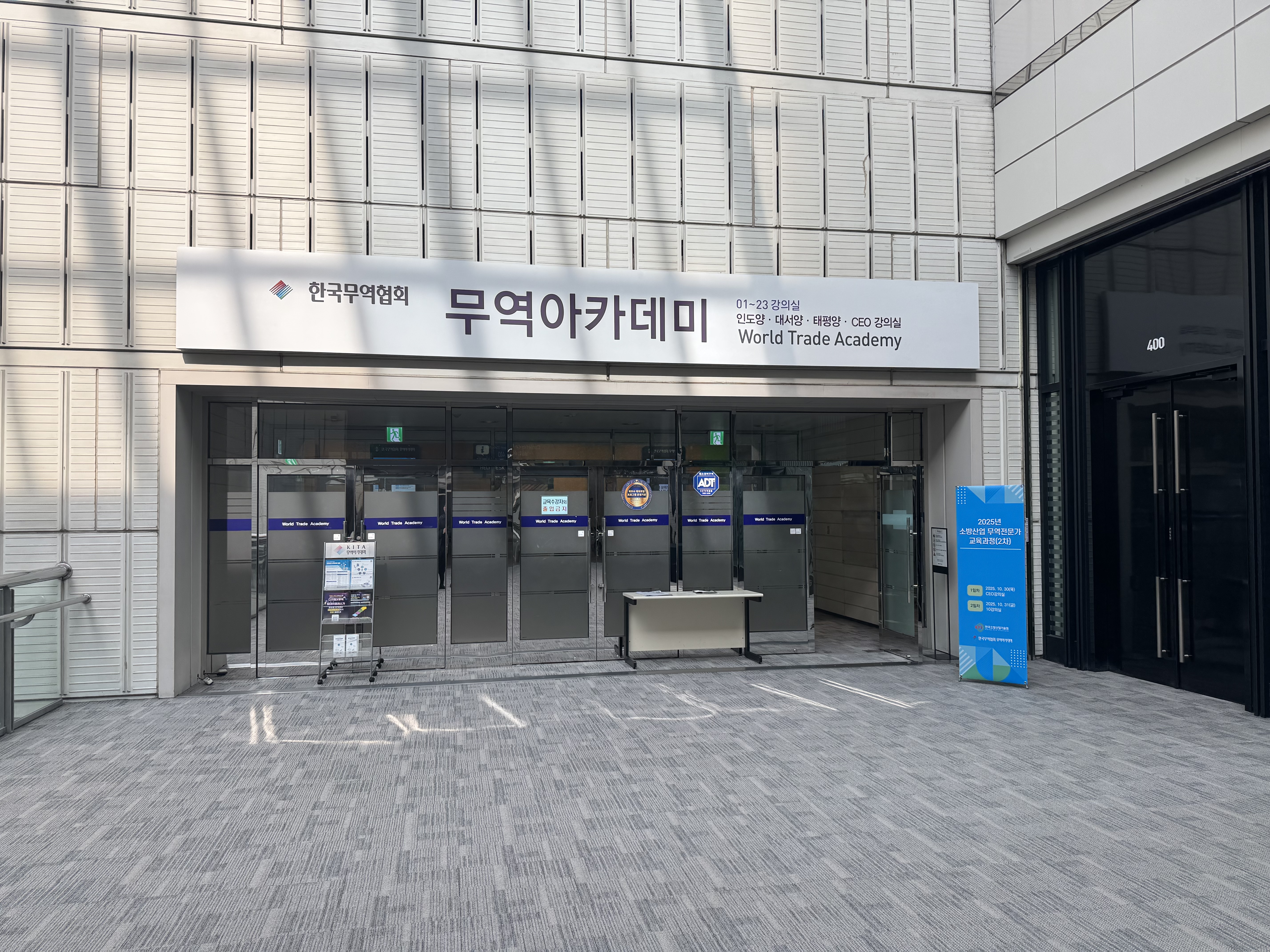Navigating the distinct ecosystem of Naver can seem daunting, but mastering it can open doors to unparalleled success in the South Korean market. Are you a marketing professional eager to expand your brand’s reach in this unique digital landscape? Our guide to Naver marketing strategies will provide you with the insights needed to optimize your approach, ensuring your content resonates with local audiences and elevates your brand visibility effectively. Dive in to uncover strategies that transform challenges into opportunities on Naver’s powerful platform.
Understanding Naver Marketing: Why It Matters for Korean Audiences

Naver is not just a search engine — it’s the backbone of how many Koreans navigate the internet.
With a structure closer to a portal than a traditional search platform, Naver dominates the Korean digital market through tightly integrated services like Naver Blog, Naver Café, and its proprietary knowledge Q&A boards.
Because of this ecosystem, user behavior remains largely within Naver’s walls.
People search, read, research, and even shop without leaving the platform.
What this means for marketers is simple but non-negotiable: succeeding in Korea requires marketing on Naver.
Unlike Western platforms where Google is king and external website SEO dominates, Naver prioritizes its own internal content above all else.
Its visibility algorithms — such as C-rank and D.I.A+ — favour engagement-heavy media like blogs and café posts that retain users within the platform.
Key differences between Naver and Google:
- Naver separates blog posts from website results, meaning site SEO alone won’t guarantee visibility on page one.
- User intent skews more toward community answers or blog content compared to Google’s focus on structured information.
- Algorithm rewards high engagement — longer reading time, comments, and interactions are key metrics for ranking.
- Paid ads dominate top results, making media buying an essential part of naver marketing.
Because of these structural differences, marketers cannot treat Naver as just another channel under “SEO” or “content marketing.”
It has to be its own strategic pillar when entering the Korean digital space.
From building authority through influencer collaborations to crafting localised blog content, brands that understand naver’s market share and tailor their tactics accordingly will find far more success in Korea’s uniquely hybrid internet ecosystem.
Key Naver Marketing Channels: Blog, Ads, and Influencer Collaborations

To win at naver marketing, businesses must first understand the unique roles of each channel within Naver’s ecosystem.
At the core is Naver Blog promotion, a channel uniquely positioned for long-form storytelling and organic SEO inside the platform.
Because Naver separates blog search results from website results, your blog must independently stand out in the ranking system.
Naver Blog not only lets brands explain their product or service in detail, but it also rewards time-on-page and user engagement — key elements in Naver’s C-rank algorithm.
A consistently updated blog with high-quality images, strategic linking across other Naver services (like Smart Store or Café), and internal engagement will rank better and increase visibility long-term.
Here are five other core channels that amplify your blog and boost overall marketing impact:
- Naver banner ads
- Influencer marketing Korea
- Video marketing naver
- Social media advertising
- Content marketing
Navigating Naver’s Algorithms: C-Rank, D.I.A+, and Engagement Metrics

Unlike Google’s SEO approach, Naver search optimization heavily depends on keeping users inside its ecosystem.
The platform uses two main algorithms — C-Rank and D.I.A+ — that reward content based on on-site engagement rather than backlinks or site authority.
If your goal is improved search visibility on Naver, you need to first understand how these two systems judge your content.
| Algorithm | Key Ranking Factors |
|---|---|
| C-Rank | Average time-on-page |
| C-Rank | User retention within the blog domain |
| D.I.A+ | Post freshness and update frequency |
| D.I.A+ | User interaction (likes, comments, shares) |
C-Rank primarily judges a blog’s overall engagement pattern.
So, if users bounce after five seconds, this will negatively affect all of your future posts.
D.I.A+, on the other hand, focuses more at the individual post level — things like how new it is or how many people are actively engaging with it right now.
For optimal naver seo, you must publish frequently, maintain reader interest with shorter paragraphs and rich media, and encourage interactions through questions or polls.
To monitor whether you’re actually nailing this strategy, you’ll need access to relevant marketing analytics tools.
Naver provides built-in tools like Blog Analytics and Smart Store Center that show click patterns, read times, traffic referrers, and even keyword positions.
These should be checked weekly to adjust publishing schedules and topics in real time.
When measuring marketing success on Naver, don’t just count visitors — measure their behavior inside your content.
That’s what truly drives ranking in Naver’s closed-loop system.
Paid Advertising on Naver: PPC, Display, and Cost Considerations

Naver marketing is not optional — it’s a paid battlefield where visibility is bought, not just earned.
Since organic search results are pushed down by paid slots at the top, many businesses must rely on online advertising to gain serious traction.
This “pay-to-play” nature means even the best blog content will struggle without some form of naver ppc or display spend.
- PPC Search Ads
- Banner Ads
- Content Ads
- Mobile App Ads
- DSP Placements
| Format | Avg. CPC | Placement Type |
|---|---|---|
| PPC Search Ads | ₩600~₩1,200 | Search Results Top Area |
| Banner Ads | ₩450~₩800 | Blog/News Display Zones |
| Content Ads | ₩700~₩1,500 | Native In-feed Sections |
Successful Naver Marketing Strategies: Case Studies and Best Practices

One fashion retailer launched a blog-centric naver marketing campaign in combination with influencer collaboration.
Rather than relying solely on paid ads, the brand partnered with local style influencers who embedded authentic product reviews into their own Naver Blog posts.
These posts were then repurposed on the brand’s official blog, supported by high-quality product videos.
As a result, blog traffic tripled within 2 months, and direct conversions from Naver Blog increased by 68%.
In another example, a skincare brand radically shifted its content approach after analysing Naver’s ranking algorithm — particularly the importance of engagement metrics under D.I.A+.
They reduced generic product descriptions and started posting detailed how-to tutorials with before/after photos.
Combined with regular updates multiple times per week, their blog’s average session duration increased dramatically.
Within one quarter, this strategy led to a 40% increase in brand visibility across Naver searches.
Best Practices from Case Studies
- Use native blogs instead of external links to keep readers within Naver’s platform for better C-rank performance.
- Partner with influencers who already have domain authority within Naver to boost trust and visibility.
- Integrate multimedia like videos or step-by-step images to increase time-on-page and user interaction.
- Update blog content frequently with useful, locally relevant topics aligned with user search behaviour.
These strategies show that successful campaign management on Naver hinges on treating it as its own ecosystem — not just another SEO channel.
Brands must localize tone, content style, and format specifically for Korean users and align closely with how users engage within Naver’s blogging and shopping infrastructure.
Applying these tactics will elevate naver marketing effectiveness, allowing brands to dominate brand visibility across one of Korea’s most engaged digital platforms.
Tools and Tips for Optimizing Your Naver Marketing Workflow
To stay ahead in naver marketing, marketers need to use the right mix of digital marketing tools, campaign dashboards, and data analytics.
Naver isn’t just a content platform — it’s a complex ecosystem, and without efficient tools, managing performance or scaling campaigns becomes nearly impossible.
Here’s a quick look at some essential naver business tools and what they’re best used for:
| Tool Name | Purpose |
|---|---|
| Naver Analytics | Track user behavior on blogs and Smart Store |
| Power Link Ads | Promote content using PPC at top of search results |
| Naver DSP | Programmatic ad placement based on audience targeting |
| TopWorks | Create high-impact multimedia content tailored to Naver users |
Use this checklist to fine-tune your campaign management and content creation within Naver’s frameworks:
- Write in Korean using short paragraphs for higher retention.
- Increase engagement by embedding videos and high-quality images.
- Interlink blogs with other Naver services like Café, Smart Store, or Post.
- A/B test Power Link ads to optimise ROI and adjust keywords.
Consistent use of marketing analytics tools like Naver Analytics enables real-time adjustments, while automation via DSP lets you fine-tune ad spend across placements.
The smarter your workflow, the more precisely you can target — making optimizing ads for naver both scalable and measurable.
The Future of Naver Marketing: Trends and Innovations to Watch
Naver is rapidly transforming into a more dynamic and AI-driven platform, aligning itself with global digital marketing growth trends.
One of the biggest shifts is the integration of AI personalization, which enables content recommendations and advertisement placements to adapt based on individual user behavior.
This means that campaigns need to be updated continuously to respond to algorithmic changes in real time.
As Naver continues optimizing for mobile-first consumption, mobile advertising in Korea is no longer optional—it’s foundational.
Features like Naver Shopping Live and Smart Store are becoming seamlessly integrated, encouraging naver marketing innovation that merges commerce with interactive content.
These shifts demand deeper engagement strategies and faster creative executions.
Here are 5 key naver marketing trends marketers should be watching closely:
- AI-based feed and ad targeting enhancements through machine learning.
- Rise of voice-activated search results integrated into Naver’s ecosystem.
- Expansion of short-form video commerce via Shopping Live and View.
- Seamless e-commerce integration between Smart Store, blog, and ad units.
- Emergence of hyperlocal targeting options for region-sensitive promotions.
Marketers that adopt these innovative advertising techniques early have the potential to define new engagement norms on Korea’s most influential platform.
Keep testing creative tools and embrace influencer collaborations now—before your competitors figure it out.
Conclusion: Mastering Naver Marketing for Success in South Korea
After exploring the intricacies of Naver marketing, you now have a clearer picture of how to boost your brand in South Korea. By leveraging Naver’s unique features and tailored strategies, you can effectively engage with local audiences and maximize your brand’s visibility. From understanding Naver’s algorithms to optimizing blog content and using influential collaborations, these insights provide a robust framework to navigate Naver’s platform successfully. Remember, the key is to stay relevant and culturally aligned with your target audience to overcome any challenges. Thank you for taking this journey to enhance your Naver marketing strategy. Good luck!







